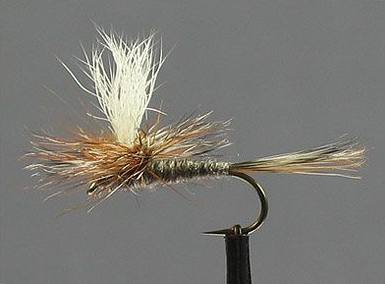
I was shocked when I realized that I had never included an article about the Parachute Adams in this newsletter. Not only is it one of the best dry flies in the Smoky Mountains, it is arguably the best dry fly for trout in the world. It doesn’t imitate anything in particular but just has a buggy look and serves as a great “generic” mayfly imitation. In a pinch, it could also pass for a number of caddis and midges.
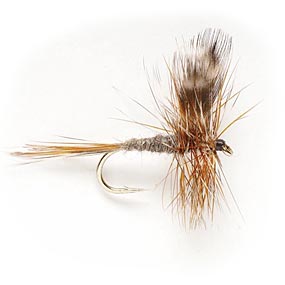
It is derived from the original Adams dry fly. A parachute pattern is merely a method of tying a dry fly. While traditional mayfly patterns had two upright and divided wings, with a hackle wound around the hook vertically; a parachute pattern has a single post with the hackle wound horizontally around that post. The post is typically white or some other bright color like pink or orange, allowing the angler to better see the fly on the water. Additionally, with a hackle wound horizontally around the post, the fly rides flatter on the water with a more realistic profile.
The original fly has been around for nearly 100 years. In 1922, Leonard Halladay, a Michigan fly tyer conceived the Adams as a general mayfly imitation. It was first fished by an Ohio attorney and friend of Halladay, Charles F. Adams on the Boardman River near Traverse City, Michigan. Charles Adams reported his success with the fly to Halladay who decided to name the fly after his friend. While it is unclear exactly when the Adams got the “parachute treatment,” parachute style flies began gaining popularity in the U.S. in 1971 when Swisher and Richards published the book, Selective Trout, and advocated the advantage of dry flies that rode flush on the water. One would assume that the parachute version of the Adams was born somewhere in that timeframe.
Since then, it has seen numerous variations in the body color, post material, post color and more. While many of these variations have been highly successful, it’s still tough to beat the traditional pattern. The recipe for that traditional version is included below.
Parachute Adams
Hook: TMC 100 (or equivalent) sizes #10 – #26
Thread: 8/0 black
Tail: Even mix of brown and grizzly hackle fibers
Body: Natural muskrat fur (or and modern dry fly dubbing in Adams Grey)
Post: White calf hair (synthetics such as floating poly yarn also work well)
Hackle: One grizzly and one brown rooster hackle, sized to match hook

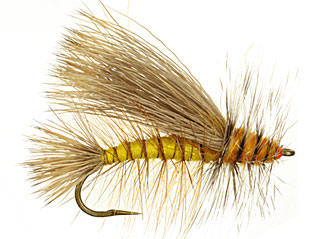
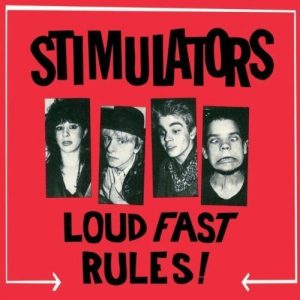 The Stimulator was long thought to be the invention of well-known West Coast angler and fly shop owner, Randall Kaufmann. While Kaufmann is responsible for the modifications that made the fly most of us know today, the fly’s true originator is thought to be Paul Slattery, who tied a stonefly pattern called the Fluttering Stonefly to fish on the Musconetcong River in central New Jersey. This was in the early 1980’s and he soon renamed the fly after a New York City punk-rock band called The Stimulators.
The Stimulator was long thought to be the invention of well-known West Coast angler and fly shop owner, Randall Kaufmann. While Kaufmann is responsible for the modifications that made the fly most of us know today, the fly’s true originator is thought to be Paul Slattery, who tied a stonefly pattern called the Fluttering Stonefly to fish on the Musconetcong River in central New Jersey. This was in the early 1980’s and he soon renamed the fly after a New York City punk-rock band called The Stimulators.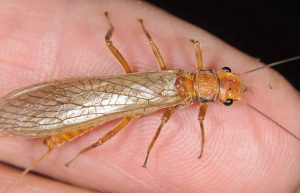
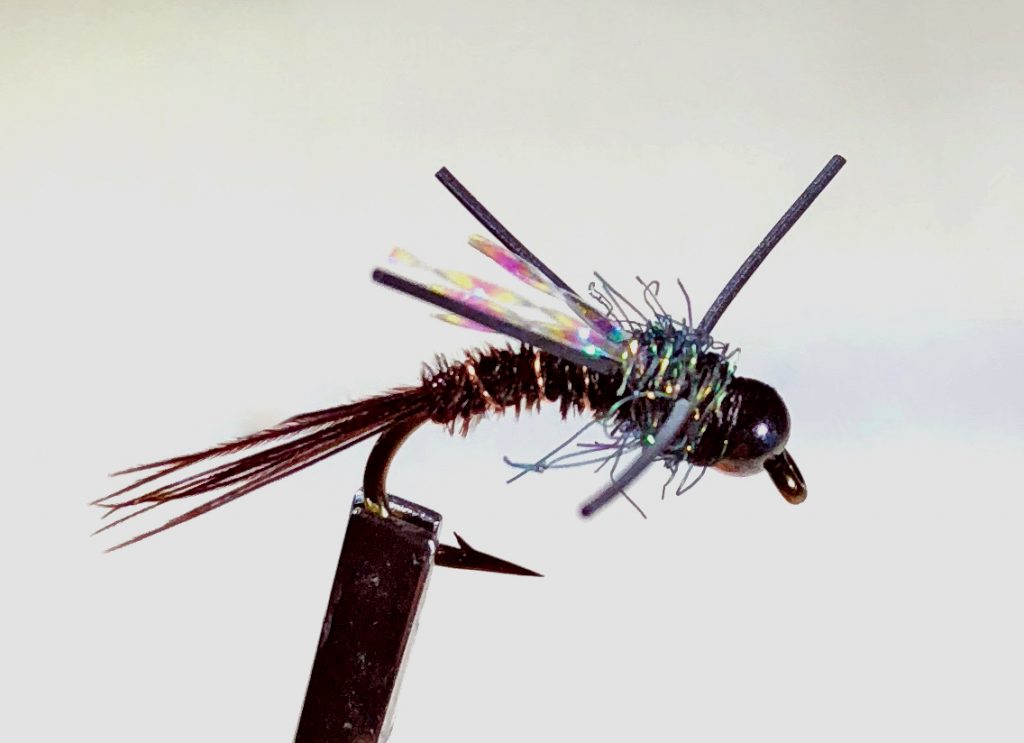 Fly Tying is a lot like cooking in many ways. Of course, in both pursuits, you’re combining a variety of ingredients to create one final product. And the quality of those ingredients along with the skills of the person putting them together can tremendously impact the end result. But the issue of originality is also quite comparable.
Fly Tying is a lot like cooking in many ways. Of course, in both pursuits, you’re combining a variety of ingredients to create one final product. And the quality of those ingredients along with the skills of the person putting them together can tremendously impact the end result. But the issue of originality is also quite comparable. In the last ten years or so, the term “Euro Nymphing” or “Czech Nymphing” has become more and more common, and is often billed as a revolutionary style of fishing. Basically, it is just nymph fishing without a strike indicator. It’s akin to what many for years have referred to as short-line or straight-line nymphing. Others refer to it as high-sticking. Or the old mountain fishermen around here just call it nymphing, because it’s how they’ve fished for decades and decades.
In the last ten years or so, the term “Euro Nymphing” or “Czech Nymphing” has become more and more common, and is often billed as a revolutionary style of fishing. Basically, it is just nymph fishing without a strike indicator. It’s akin to what many for years have referred to as short-line or straight-line nymphing. Others refer to it as high-sticking. Or the old mountain fishermen around here just call it nymphing, because it’s how they’ve fished for decades and decades.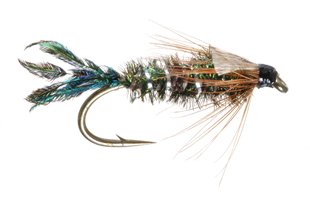 If you haven’t noticed by now, there are not a lot of “Hot New Flies” that I feature here. Most of the flies I fish with, particularly in the Smokies, are older, traditional patterns, or possibly an old staple that I’ve put a modern spin on. Maybe that makes me a curmudgeon. I don’t know. But until the old staples quit catching fish…
If you haven’t noticed by now, there are not a lot of “Hot New Flies” that I feature here. Most of the flies I fish with, particularly in the Smokies, are older, traditional patterns, or possibly an old staple that I’ve put a modern spin on. Maybe that makes me a curmudgeon. I don’t know. But until the old staples quit catching fish… A good fly pattern is a good fly pattern. And while many good fly patterns, for one reason or another, may fall from popularity, it’s not because they stop catching fish – they just stop catching fishermen. The Madame X certainly fits that description as it had tremendous popularity twenty years ago but is rarely mentioned today.
A good fly pattern is a good fly pattern. And while many good fly patterns, for one reason or another, may fall from popularity, it’s not because they stop catching fish – they just stop catching fishermen. The Madame X certainly fits that description as it had tremendous popularity twenty years ago but is rarely mentioned today. Summer is creeping slowly into the Smokies and fly patterns are beginning to shift again. In late spring and summer, nearly everything that hatches is brighter in color. Most of the aquatic insects you see are some shade of yellow or bright green, so it certainly makes sense to fish fly patterns in the same color profile.
Summer is creeping slowly into the Smokies and fly patterns are beginning to shift again. In late spring and summer, nearly everything that hatches is brighter in color. Most of the aquatic insects you see are some shade of yellow or bright green, so it certainly makes sense to fish fly patterns in the same color profile.